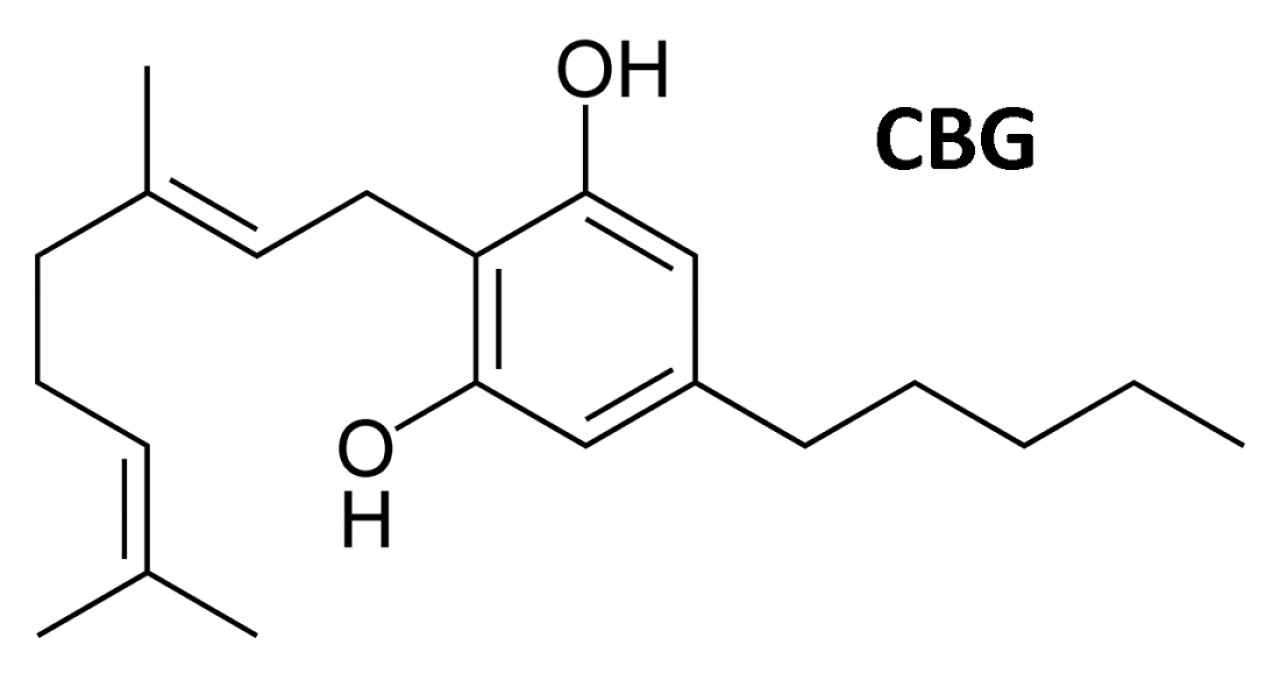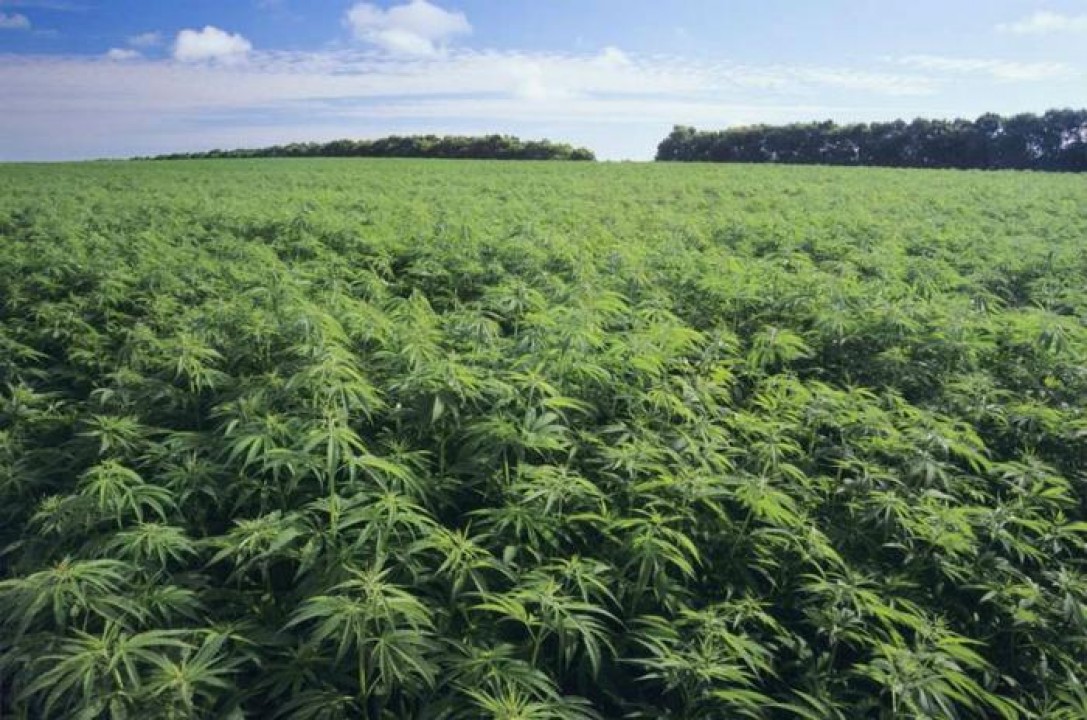Cannabinoids
06/12/21

Over the past decade the medical uses of cannabis has garnered a great deal of attention, especially in regards to CBD. This has resulted in extensive research to better understand the benefits of CBD in relation to the complexity of the human body. In turn this has put a new focus on a lesser known system of the body: the endocannabinoid system, or ECS.
So before we use CBD, it is important to learn more about this system in detail. In this blog, we will discuss the basics of the endocannabinoid system, its receptors functions and its interaction with the two famous cannabinoids of cannabis.
What is the endocannabinoid system?
The endocannabinoid system is a biological system that is composed of endocannabinoids and cannabinoid receptors. It was first brought to light by Raphael Mechoulam. The endocannabinoid system is found in all mammalian bodies and it is responsible for carrying out several important physiological functions including memory, cognition, pain, inflammation and digestive function. The primary function of the endocannabinoid system is to maintain overall stability, balance and homeostasis. The endocannabinoid system is composed of three main components.
- The endocannabinoid receptors
The endocannabinoid system spread across the body in the form of two main receptors called CB1 and CB2 receptors. CB1 receptors are densely concentrated in the central nervous system and the brain whereas CB2 receptors are usually present in the immune system cells such as macrophages and neutrophils.
- Endogenous cannabinoids
The lipid membranes of our cells produce endogenous cannabinoids including anandamide and 2-arachidonoylglyerol that interact with the CB2 and CB1 receptors respectively.
- Degradation enzymes
To maintain a balanced level of these endogenous cannabinoids in the body, the cells also produce two main types of Degradation enzymes called fatty acid amide hydrolase or FAAH and monoacylglycerol lipase or MAGL. MAGL breaks down 2-AG whereas FAAH is known to degrade anandamide.
Functions of the endocannabinoid system
The endocannabinoid system sends chemical signals to the brain to perform various important physiological functions. These neurotransmitters bind to the CB1 and CB2 receptors activating the brain to perform the designated job. However, the endocannabinoid system is a complicated system that's is not fully understood by scientists and there is still confusion about its functions and how it works. Nevertheless, research has associated the endocannabinoid system with the following roles:
- Appetite and digestion
- Metabolism
- Chronic pain
- Inflammation and other immune system responses
- Mood
- Learning and memory
- Motor control
- Sleep
- Cardiovascular system function
- Muscle formation
- Bone remodelling and growth
- Liver function
- Reproductive system function
- Stress
- Skin and nerve function
All these functions and many more that are thought to be regulated by the endocannabinoid system helps in maintaining homeostasis in the body. Scientists believe that the endocannabinoid system is responsible for maintaining the stability of our internal environment. If some stimuli such as injury or foreign intruder attack the body the endocannabinoid system along with other systems helps in maintaining the optimal working of the body.
Interaction of cannabinoids with the endocannabinoid system
THC is one of the abundantly occurring cannabinoids of marijuana and hemp that is associated with producing a high feeling. THC or tetrahydrocannabinol has the ability to interact with the CB1 and CB2 just like other endocannabinoids in the body. CB1 receptors are concentrated in the brain and the CNS which is why it can cause intoxication and euphoric effect. Due to this interaction, it shows a variety of effects. For instance, it may be beneficial for pain but its consumption can also cause anxiety and paranoia in some individuals.
Unlike THC, CBD is a cannabinoid that is packed with beneficial properties and cannot make a person high. The slight difference in the structure of CBD from THC does not allow it to bind directly to the CB1 and CB2 receptors. Some researchers believe that it prevents the breakdown of endocannabinoids which is why it provides more medicinal benefits.
Moreover, research has shown that CBD can reduce the production and activity of FAAH, the enzyme responsible for the degradation of anandamide. It increases the chances of the reuptake of the endogenous cannabinoid.
CBD is also known to interact with the 5-ht 1A serotonin receptors to boost its production so that the body has a balanced level of this important neurotransmitter in the blood. Serotonin has a significant effect on mood and other important functions such as digestion and reproduction.
Endocannabinoid deficiency syndrome
Preliminary research has shown that endocannabinoid deficiency could be a possible reason behind some unexplained health conditions such as migraine, Crohn’s disease and fibromyalgia. Fulfilling the needs through synthetic or exogenous cannabinoids can help in reducing the symptoms of these health issues. However, we still need more research to prove this hypothesis.
Wrap up
A wide range of research has shown that exogenous cannabinoids extracted from Cannabis and synthetic cannabinoids prepared in laboratories can interact with our body through the endocannabinoid system. The endocannabinoid system is responsible for maintaining homeostasis and stability. It is suggested that CBD could help in improving the overall function of the system and performance of the body. However, it is recommended to consult your healthcare practitioner before taking CBD.
It should not be considered as a treatment option for any chronic health issues but only a way to reduce the symptoms and improve performance.


